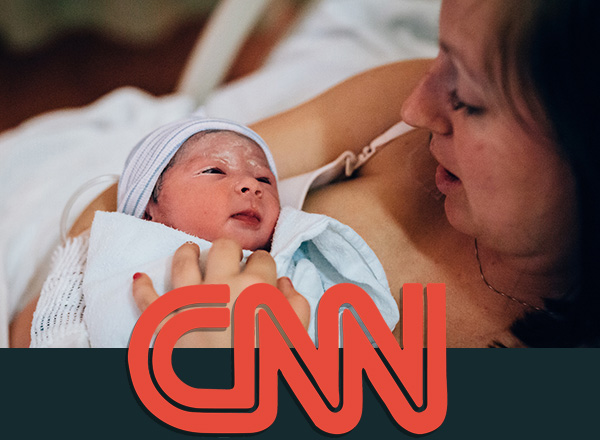3 Embryos Transferred on Day 3 – A Complete Guide for IVF Patients

For many undergoing IVF, the embryo transfer stage is both exciting and nerve-wracking. When 3 embryos are transferred on day 3, patients often want to know: What are my chances? Is this safe? How does this compare to other transfer days?
This article explains the science behind a day three embryo, why some clinics recommend multiple transfers, and what outcomes you can realistically expect, using real-world data, expert insights, and patient stories.
What Is a Day Three Embryo?
A day 3 embryo is in the cleavage stage of development, typically consisting of 6–8 cells (blastomeres). Each embryo is graded on:
- Cell number – Ideal: 6–8 cells
- Symmetry – Evenly sized cells indicate better quality
- Fragmentation – Less than 20–25% is preferred
This is a critical point in development; the embryo is dividing but hasn’t yet reached the blastocyst stage (day 5–6), where implantation potential is often higher.
Why Transfer 3 Embryos on Day 3?
Doctors may recommend 3 embryos transferred on day 3 if:
- Embryo quality is average – More embryos increase the odds of at least one implanting.
- The patient is over 35 – Implantation rates drop with age, so multiple embryos may be needed.
- Previous IVF cycles have failed – Increasing embryo numbers can be part of a revised strategy.
- Clinic policy allows it – National guidelines vary; some clinics are more conservative.
Important: ASRM guidelines recommend limiting embryo numbers to reduce risks of multiple pregnancies. However, they allow higher numbers in older patients or when quality is poor.
Success Rates – Day 3 vs Day 5
| Factor | Day 3 Embryo (Cleavage Stage) | Day 5 Embryo (Blastocyst Stage) |
|---|---|---|
| Development Stage | 6–8 cells, early cleavage stage | ~100+ cells, fully formed blastocyst |
| Implantation Rate (per embryo) | ~25–35% | ~40–50% |
| Live Birth Rate (per transfer) | 31–33% | 36–45% |
| Typical Embryos Transferred | 2–3 embryos | Usually 1–2 embryos |
| Advantages | More embryos may offset lower quality; shorter culture time reduces lab risks | Higher implantation rate; better embryo selection |
| Risks | Higher chance of twins/triplets if multiple embryos implant | Lower risk of multiples if fewer embryos transferred |
| Best For | Patients with moderate embryo quality, older age, or failed prior cycles | Patients with high-quality embryos or good prognosis |
The Pros of Transferring 3 Embryos
- Increased chance of implantation — More embryos means more opportunities.
- Faster path to pregnancy — Particularly for those with limited time or resources.
- Offsetting lower embryo grades — Quantity can sometimes balance quality.
The Risks You Should Consider
- Multiple pregnancies — Higher risk of twins/triplets, with complications like preterm birth.
- Maternal risks — Gestational diabetes, high blood pressure, and delivery complications are more common.
- Emotional stress — Both the 2-week wait and possible outcomes can be challenging.
Real Patient Experiences
“My day 3 transfer baby is now 8 months old. It took 3 cycles, but I’m glad we transferred more embryos that time.” – IVF patient, Reddit
“I’m 15 weeks along with my 3-day embryo. Sending baby dust to everyone!” – IVF patient, Reddit
Deciding If This Is Right for You
Questions to ask your fertility doctor:
- Why 3 embryos instead of fewer?
- What are my personal chances for a singleton vs multiple pregnancy?
- How does my embryo grading influence this decision?
- What are your clinic’s success rates for day three embryo transfers?
Expert Tip: Think Beyond Just “Number of Embryos”
Success depends not only on embryo count, but also:
- Uterine receptivity
- Embryo grading
- Age and medical history
- Lab quality and culture conditions
Is this an Effective Approach?
3 embryos transferred on day 3 can be a viable and effective approach, especially in cases of lower embryo quality or previous failed cycles. While the risk of multiples is higher, for some patients the trade-off is worth it. The best decision will always come from an open conversation with your fertility specialist, informed by data and your personal comfort with potential outcomes.

